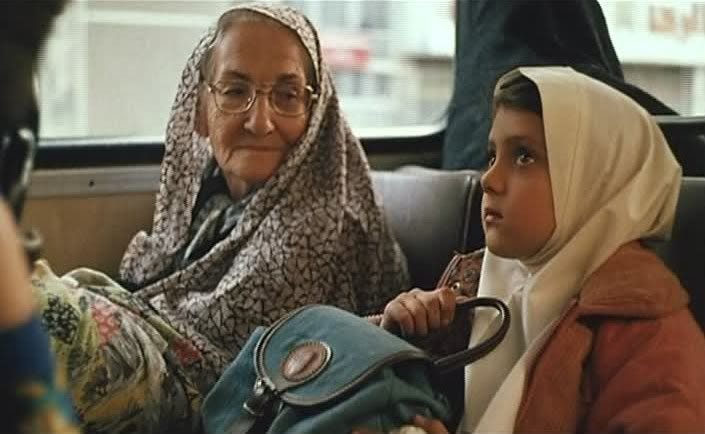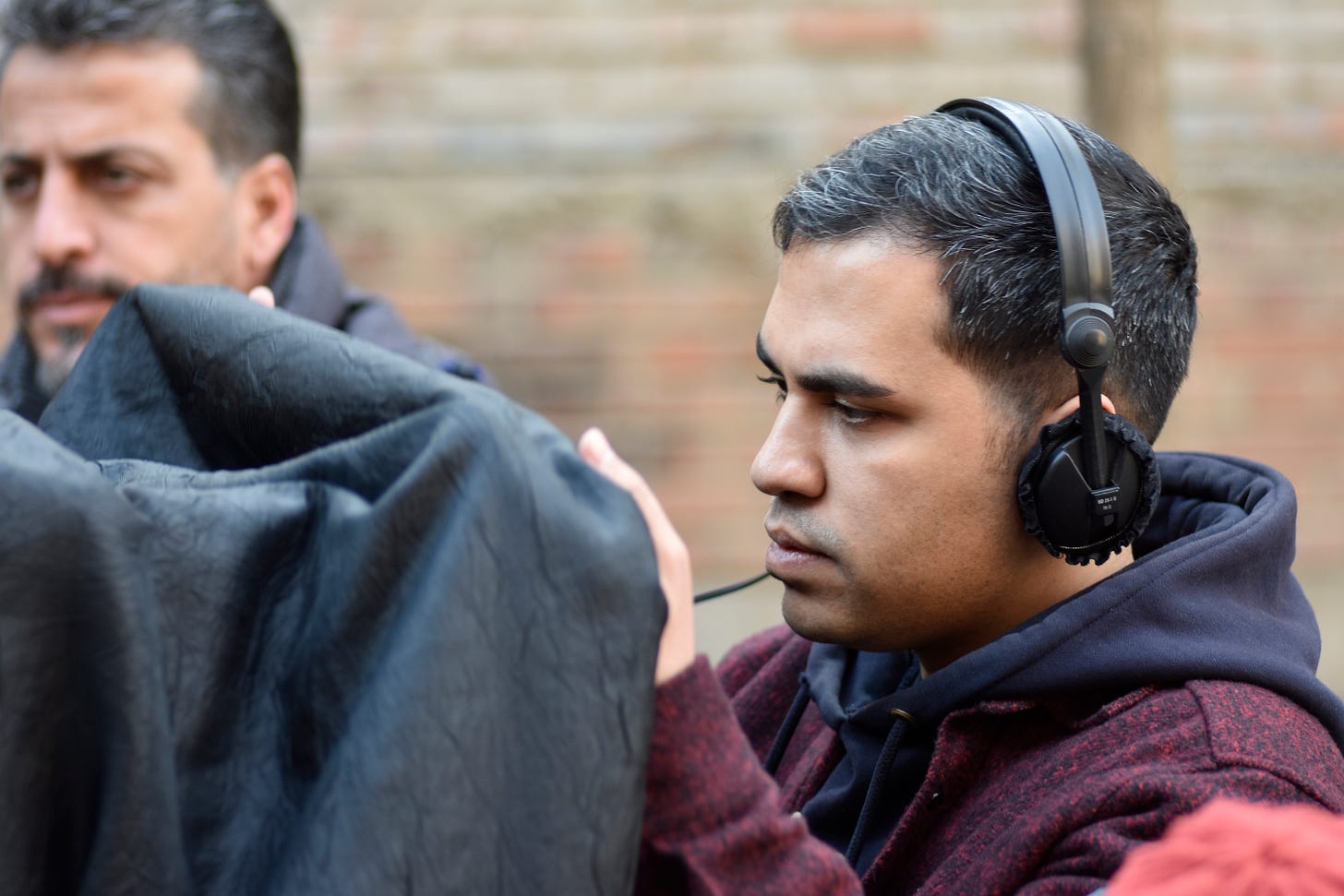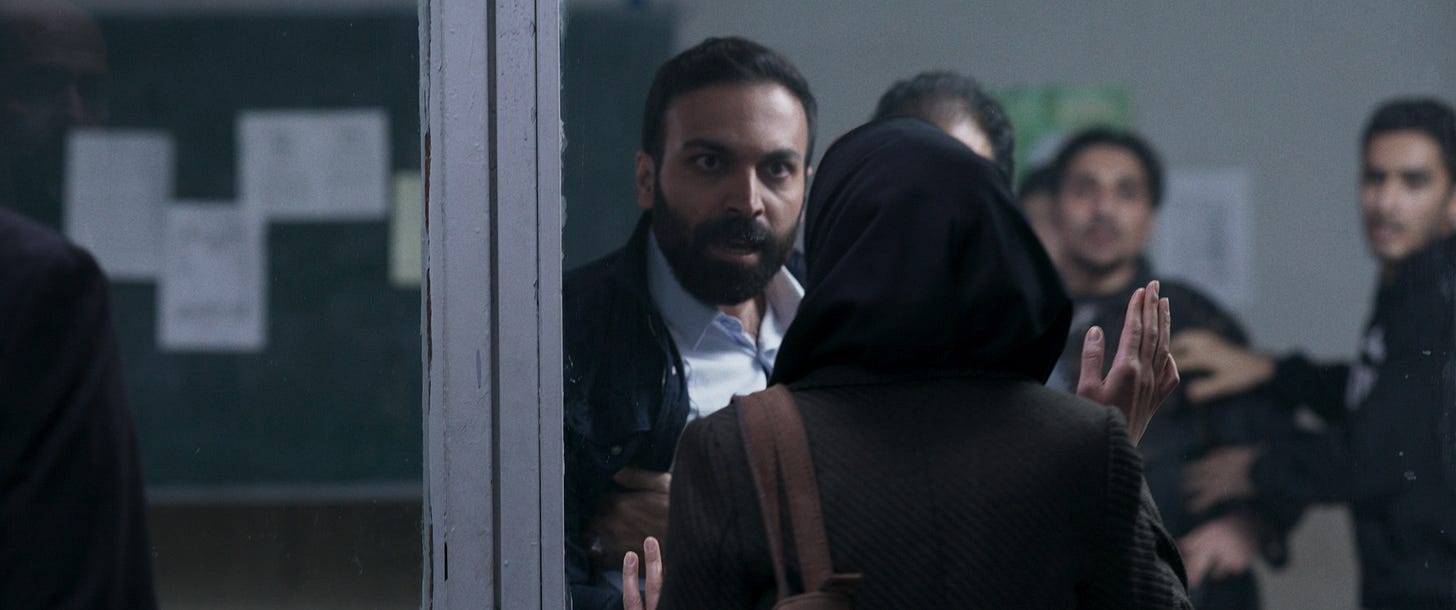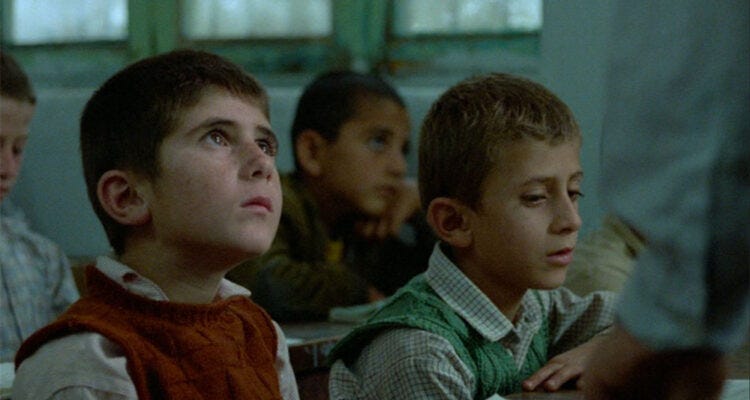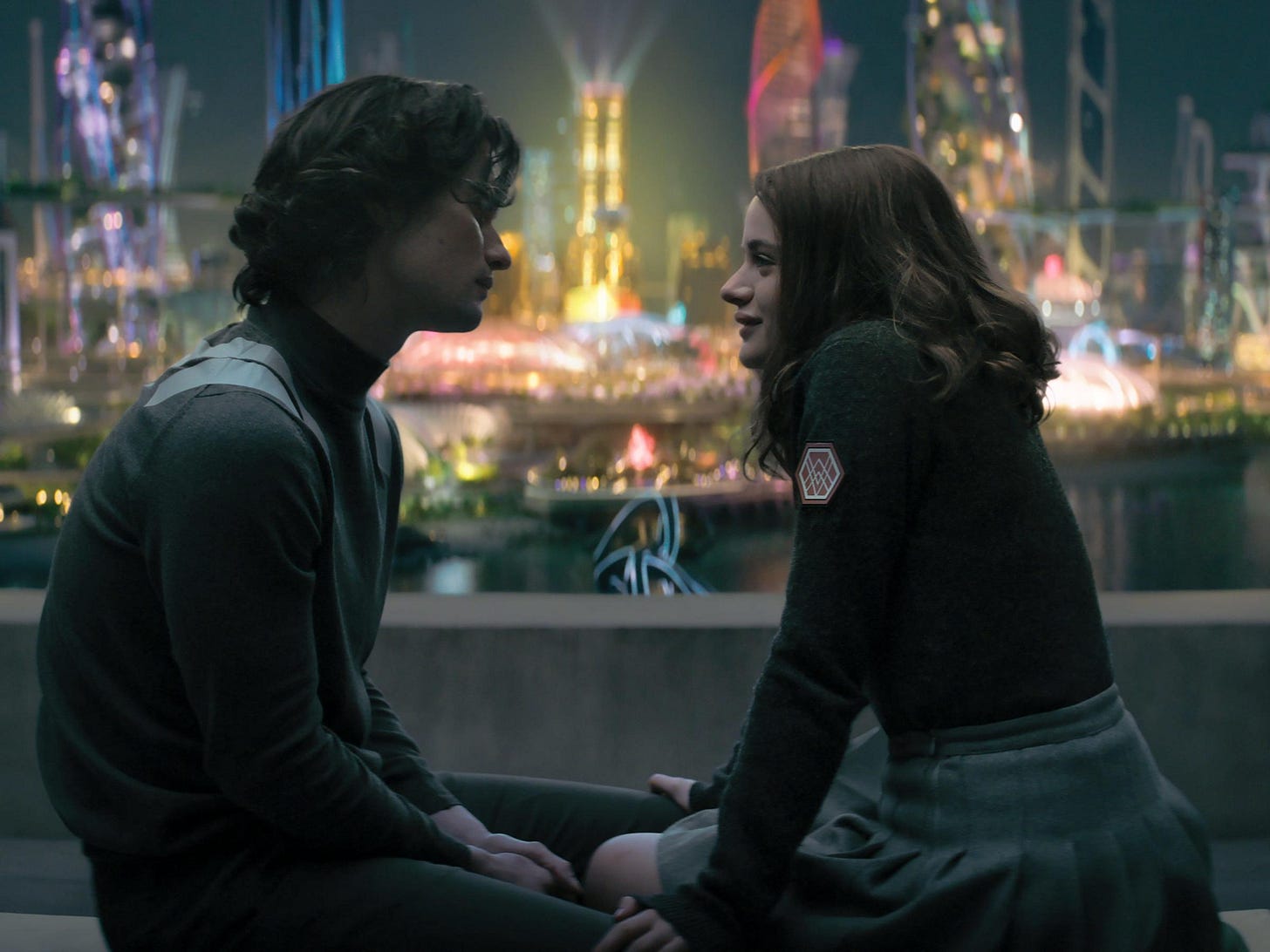What It Takes to Make a Movie in Iran
Despite bans, surveillance, and brutal restrictions, Iran’s filmmakers remain defiantly prolific. Director MOHAMMAD R. KHAVARI on the art of filming under authoritarian rule.

Two weeks ago, the Cannes Film Festival awarded its top prize to It Was Just an Accident, an Iranian thriller shot in secret, without the permission of the Islamic Republic.
Its director, Jafar Panahi, is no stranger to Cannes - nor to controversy. A former protégé of Abbas Kiarostami, he won the Caméra d'Or in 1995 with The White Balloon, the first Iranian to do so. Fifteen years later, he was arrested, sentenced to six years in prison for making “propaganda against the Islamic Republic,” and banned from filmmaking, interviews, and travel for 20 years.
But the ban has been unevenly enforced, and Panahi has remained defiantly prolific. In 2011, his film This Is Not a Film was smuggled to Cannes inside a cake. Subsequent titles, including It Was Just an Accident, have also been produced clandestinely. “We have to risk pushing the limits for those kids who are just starting off,” Panahi said. “If we do not stand up to the censors the conditions will be worse for the young filmmakers. This would mean that this cinema would not continue.”
Ever since the Iranian new wave crashed over me in college, I’ve been bewitched by both Iran the country, which is beautiful, and the culture, which is rich with paradox. How could a nation that makes such soul-stirring cinema also find itself under one of the world’s most repressive theocracies, one led by clerics who have long deemed certain kinds of art, especially film, sinful?
Iran lays claim to one of the world’s oldest and most luminous bodies of literature. Its poetry stretches back two and a half thousand years and has at times been woven into everyday Persian life. Even Avicenna, the great philosopher-physician, set some of his medical treatises to verse. Persian poetry managed to flourish under religious scrutiny in part because of the language’s sly ambiguity. Lacking gendered pronouns, it allowed poets to express love without revealing whether it was divine or earthly, sacred or forbidden. But with the arrival of photography, and later, cinema, that veil of ambiguity was lifted. Since then, Iranian authorities have tried to suppress art they deem subversive, while artists have found new ways to resist.
In light of Panahi’s Palme d'Or win, I wanted to talk to someone making movies in Iran right now - director Mohammad R. Khavari. I first connected with Khavari when my film, Hold Up, screened alongside his film, Unjustified, at the Tirana International Film Festival. A one-time student of Oscar-winning director Asghar Farhadi, Khavari has gone on to win several international awards for his phenomenal shorts. Read our conversation below.
Underexposed is an ad-free weekly film publication powered by readers. Support the future of cinema culture - because our tech lords sure as hell won’t. Go premium for bonus articles, videos, and more.
Alex Rollins Berg: Back in 2022, I had the pleasure of seeing your terrific short film Unjustified at Tirana - our films may have even played in the same block.
Mohammad R. Khavari: Yes, I remember that. Since I couldn’t attend, I asked you to keep me updated from the festival. You told me that some people applauded the film before it even started. That stuck with me, and later I found out that a well-known political group had tried to prevent the film’s screening. The people who applauded before the film began were Iranians who had pressured the Tirana festival’s Ministry of Culture to let it be shown — and when it finally screened, they celebrated it before watching. I learned all this through a video report, which I also shared on my page, and the screening and what followed became a lasting memory for me.
ARB: What first inspired you to become a filmmaker?
MRK: Since childhood, I’ve loved narrative play. One of my favorite things was playing dolls with my sister — each had a name and backstory, and their stories continued day by day. I was so young then, and I’d wait at home for my sister to return from school so we could keep playing. But it was in middle school that I realized I wanted to be a filmmaker. At that time, I was drawn to radio dramas and movies.
ARB: What kind of stories are you most drawn to telling, and why?
MRK: I’m passionate about narrative cinema—films that blend artistic value with emotional resonance for a wide audience. My early no-budget, one-person documentaries and experimental films, shot on the streets of Tehran, sparked my interest in portraying the raw realities of urban life and the relationship between individuals and society. Both of my films, Saba and Unjustified, are set in the city and explore these dynamics. With each project, I’ve worked to elevate production quality and style.
ARB: Iran has a deeply rooted tradition of poetry, philosophy, and storytelling that stretches back thousands of years. From your perspective, why is Iran such a fertile environment for cinema especially?
MRK: Iran is rich terrain for cinema because it’s layered with history, culture, and social complexity. People of different languages, ethnicities, and traditions — all within a diverse, four-season geography — come together in one country, creating fertile ground for storytelling.
ARB: How has international recognition, such as Jafar Panahi’s Palme d’Or win, affected the Iranian film industry and community?
MRK: Iranian cinema has long been a fixture at international festivals. The first time I ever heard about a film because of its global success was Children of Heaven by Majid Majidi, when I was a child. Festivals serve as the ultimate platform — like picking someone from a crowd of hundreds of thousands and putting them on stage. These festivals give visibility to films and inject huge motivation into the filmmaking community. And specifically, Jafar Panahi has been an extraordinary example — someone who never gives up, and for whom no obstacle can stop the urge to create.
ARB: What are some of the biggest challenges you face as a filmmaker in Iran - logistically, politically, or creatively?
MRK: Logistically, the main challenge is limited access to funding, equipment, and production infrastructure. State support usually comes with the condition of aligning with the official narrative. Getting production or screening permits is a complex and often draining process. Themes considered normal elsewhere might be taboo or prohibited in Iran. That affects everything — even casting and how a story is told.
ARB: How do censorship laws impact the writing and editing process?
MRK: Since in the early years of my work I was making low-budget documentary and experimental films, and even later when I transitioned into professional narrative filmmaking — I produced my first film myself, and my second was made independently thanks to the support of Adrian R. Mani and Emma Sofia Fazzuoli — I was never seriously confronted with script censorship. Fortunately, this incredible collaboration is continuing with my new film as well. Over time, the courage of independent filmmakers has helped push the boundaries, and some red lines have shifted. Restrictions are not as severe as they once were.
ARB: Which directors (Iranian and other) have influenced your cinematic style?
MRK: Among Iranian directors, Asghar Farhadi has influenced me the most—I admire the realism and moral complexity in his work. I also appreciate the poetic simplicity in some of Abbas Kiarostami’s films. Internationally, I’m drawn to Alfred Hitchcock’s sense of suspense and mystery, as well as the distinct worlds created by directors like Kubrick, Spielberg, Vinterberg, And I deeply admire the world of Martin McDonagh’s films.
ARB: The Iranian filmmakers who are best known abroad have found ways to explore controversial themes in the face of restrictions. Some have been sent to jail and banned from filmmaking. How does the threat of this affect you as an artist?
MRK: We have to accept that trying to silence independent thought and artistic expression ultimately backfires. These pressures don’t silence the artist — they amplify their voice and impact. When something is banned, audiences listen more attentively. So instead of being silenced, independent cinema becomes stronger and more deeply rooted.
ARB: What hopes do you have for the future of Iranian cinema?
MRK: I hope there’s more room for freedom of expression and creativity, so filmmakers can explore diverse and authentic subjects without fear of censorship. The more open the space, the bolder, richer, and more dynamic the films will become.
ARB: I know you’re working on something new. What can you tell us? And where can people go online to see and follow your work?
MRK: I’m developing a psychological drama about a 36-year-old man who finds himself in a complex, emotional situation during a burial ceremony. My aim is to tell a modern story within a traditional, rural setting. Right now, my first short film — which was widely screened in Iran — was unfortunately leaked and is now available unofficially on YouTube. But I plan to officially release both of my short films on an international platform soon, so that audiences can easily watch them in high quality and through the proper channels. You can follow updates about my work on my Instagram page.
And now, this week’s Underexposed Movie Pick:
Where is The Friend’s House? (1987, dir. Abbas Kiarostami)
The first of Abbas Kiarostami’s so-called Koker trilogy, Where is The Friend’s House captivated Iranian and international audiences alike with the story of Ahmad, a sweet 8-year-old schoolboy who attempts to return his friend's notebook to his home in a nearby village to prevent the friend from being expelled. At the time, Kiarostami had spent many years making documentaries and educational shorts for Iran’s Center for the Intellectual Development. “We were supposed to make films that dealt with childhood problems,” Kiarostami explained. “At the beginning it was just a job, but it was the making of me as an artist.”
The film’s title is drawn from a poem by Sohrab Sepehri. There is a subtle fairy-tale shimmer to the world Ahmad travels through, and perhaps even visual allusions to Sufi mysticism, in the way his journey unfolds like a spiritual test. Akira Kurosawa named it among his favorite films. Greta Gerwig once called it “a perfect movie,” one that captures “the strangeness and stakes of childhood… what’s terrible about it, and what matters in it.”
Where to Watch Where is The Friend’s House?
Now streaming on the Criterion Channel.
News Reel
- has unveiled A Case Study in Why Movies Should Go to Theaters with an analysis of A Simple Favor (a surprise theatrical hit in 2018) and its disappointing 2025 Netflix sequel, Another Simple Favor, which skipped theaters: “Amazon MGM Studios took a film that should have made actual money and turned it into a film that probably lost money. Again, you should avoid one-off data points […] but this data point is emblematic of the larger argument: Films should go to theaters.”
More troubling news for bold nonfiction filmmaking - A24 is closing its documentary department, Screen Daily reports: “The news about A24’s documentary pull back is another blow to the US documentary business, coming a year after important US documentary and narrative feature backer Participant closed down its entire operation.”
Is this Cinema's Last Great Gamble? This week in
, Mo Diggs of spots a speck of light in his crystal ball - three financially successful original features, Sinners, Warfare and Friendship, have reinvigorated his faith in theatrical cinema: “If a blonde in yoga pants can make more money showing her morning routine than your average film can, is it surprising that aging, Ativan-chomping studio execs are saying, ‘Folk singing Irish vampires in the 1930s Mississippi Delta? Fuck it!’?”
“Cinema is a society. Nobody is entitled to tell us what we should do or refrain from doing.”
- Jafar Panahi, accepting the 2025 Palme d’Or
That’s all for this week’s free edition. Beyond the paywall, premium subscribers can finally learn the results of the first-ever Underexposed Movie Quiz. Is Uglies a real movie, or an AI-generated fake?
Keep reading with a 7-day free trial
Subscribe to Underexposed to keep reading this post and get 7 days of free access to the full post archives.

